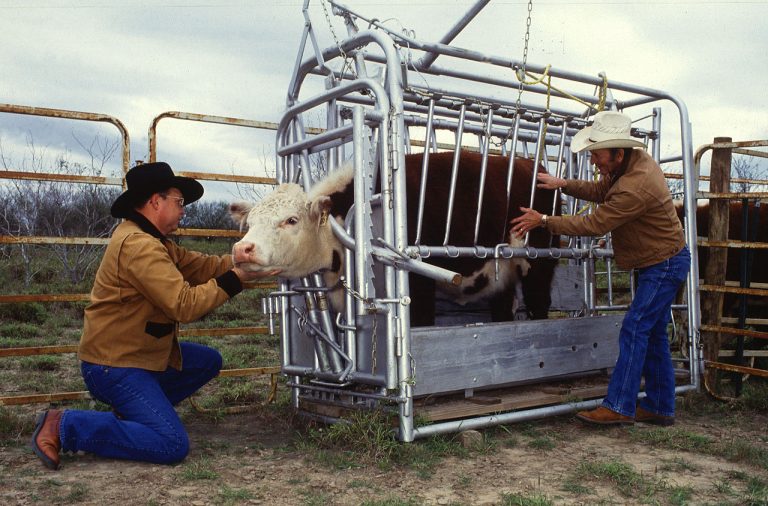An anticipated spike in cattle prices is beginning to materialize following a sharp decline in the number of cattle being produced, which, in tandem with higher input costs, is driving up the cost of beef products.
According to Farm Progress, in the first half of 2023, “Prices are higher across the board as tighter cattle numbers and declining beef supplies push markets towards or beyond record levels.”
During the first 24 weeks of 2023, beef production in the U.S. slumped by nearly five percent compared to 2022 and the most recent four weeks of data indicates that beef production is down 5.3 percent year-over-year.
A number of factors are driving up the cost of beef, but many are pointing to drought conditions in key cattle raising regions as a primary driver of increased input costs. Drought conditions are forcing producers to purchase expensive feed to sustain their herds as there is nothing for herds to graze on.
Faced with higher input costs, producers have no choice but to raise fewer cattle, resulting in less product arriving at the grocery store, and at higher prices.
Success
You are now signed up for our newsletter
Success
Check your email to complete sign up
“Boxed beef prices in the last four weeks have averaged 24.1 percent higher year-over-year,” Farm Progress reported.
Canada, a major cattle producer and source of beef for the U.S. market, is also feeling the strain as prices soar north of the border.
Dr. Sylvain Charlebois a food security expert from Dalhousie University told Canada’s CTV News, “Since the beginning of the year, beef prices have gone up anywhere between 10 and 15 percent so far across the country, and we’re probably expecting another 10 percent by the end of this year, unfortunately, for many cuts other than ground beef.”
Charlebois blames drought conditions for the price hikes: “That’s due to droughts in the U.S., droughts in the Prairies as well, and inventories are extremely low or at least lower than usual, which is pushing prices higher, generally speaking.”
READ MORE:
- As US Economy Stagnates, 30-year Mortgage Rate Soars
- German Economy Shrinks for the Second Quarter in a Row Amidst a Slew of Challenges
- Data Shows Massive Decline in US-China Trade
Cost of cattle soars
The cost for producers to purchase cattle is soaring as well. According to an Aug. 23 report by Ohio’s Country Journal, “The weighted average market price for a steer this July is 27 percent higher than it was in July 2022.”
Drought and high input costs are being blamed for this spike in price as well.
Authorities in the U.S. say that as of July 1, 2023 there were an estimated 95.9 million heads of cattle in the country, down three percent compared to the previous year, which is a larger decrease than analysts expected.
“This is only 200,000 greater than the 2014 inventory of 95.7 million,” Country Journal reported.
The number of calves in the pipeline is plummeting as well with an estimated crop of 33.8 million head, down two percent from July 2022.
In fact, drought is driving cattle populations down and prices up across the globe.
Drought conditions in Argentina and New Zealand have caused a liquidation of cattle herds similar to that of the U.S. and Canada.
A USDA Foreign Agricultural Service’s report estimates that global beef production was up just one percent this July compared to last year at 59.6 million metric tons (mmt).
However this slight increase in global production is expected to evaporate in the short term.
Meanwhile, beef exports from the U.S. are currently 14 percent below last year’s levels, mainly due to Japan and South Korea purchasing less beef. Japan purchased 27.3 mmt less American beef compared to last year and South Korea purchased 24.3 mmt less over the same period.
Canada and Mexico, however, appear to be trying to pick up the slack. Exports to Canada are up by around 11 percent and exports to Mexico have increased by about 16 percent.
Analysts believe that beef prices will continue to climb into 2024, despite a healthy domestic and international demand.
“Tightening cattle supplies combined with continued demand are bullish signs for cattle and beef prices through the remainder of the year,” Ohio’s Country Journal reported.
















